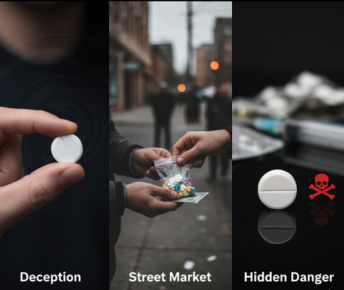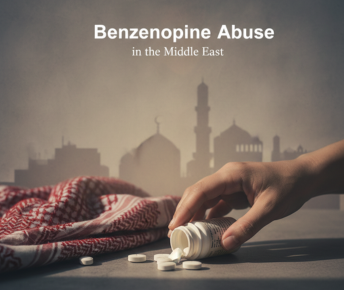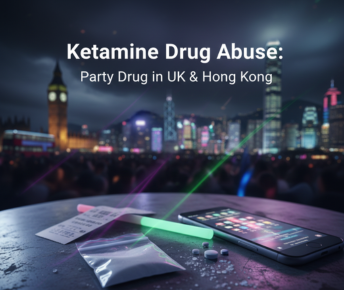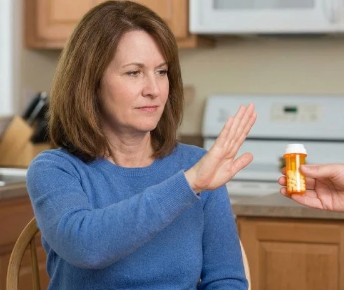Relapse prevention models are crucial to the success of recovery. They allow addiction practitioners to provide clients with ways in which they can reduce relapses or prevent them entirely.
This blog covers the model that we use at Samarpan Recovery, which is the ;rski CENAPS relapse prevention model. For more information on this model, or if you would like to attend treatment at Samarpan, please do not hesitate to contact us.
What Is Relapse Prevention?
At ;od rehabs, relapse prevention classes are given in group settings by addiction professionals with relapse prevention qualifications. Sessions include strategies to manage triggers, warning signs and high-risk situations that may lead to relapse.
Clients are encouraged to talk about situations where they have relapsed in the past, and are guided to understand how similar scenarios can be successfully navigated in the future.
Relapse prevention is a key element of addiction recovery. It’s easy to see why, as without practicing relapse prevention, people recovering from substance abuse can quickly fall back into addiction.
What Is A Relapse Prevention Model?
Relapse prevention models are strategies designed to help people with addiction problems prevent future relapses. There are several different models that are commonly used at addiction treatment centres. These include Marlatt’s Model, Dynamic Model of Relapse, ;rski’s CENAPS Model and The Matrix Model.
These models are all effective at explaining and preventing relapse, though function in slightly different ways. For example, The Matrix Model usually follows a six-month program, which means that it is ineffective for most inpatient clients, who tend to be in treatment for less than six months. Instead, The Matrix Model is usually applied as part of an Intensive Outpatient Program (IOP), where clients live at home and only come to the addiction treatment centre for treatment.
What Is The ;rski CENAPS Relapse Prevention Model?
The ;rski CENAPS Relapse Prevention Model is the third wave of substance addiction treatment. The first wave was the 12 steps of AA. The second wave involved integrating the 12 steps with a treatment model known as the Minnesota Model. The GCRPM is based on a biopsychosocial model - which states that substance addiction is a disorder that results from the abuse of and addiction to substances - combined with 12-step principles.
GCRPM believes that personality and lifestyle changes in unison with total abstinence from all mind-altering substances are vital for full recovery. GCRPM also understands that people who were raised in dysfunctional families develop defeating personality styles (known in AA as character defects). These personality styles contribute towards relapse.
As addiction progresses, brain dysfunction caused by substance abuse causes difficulty in thinking clearly, managing feelings and emotions, remembering things, sleeping restfully, recognizing and managing stress and psychomotor coordination. These symptoms are pronounced in the first 6 to 18 months of sobriety, but there is a lifelong tendency to return for regression of these symptoms during times of physical or psychosocial stress.
This brain dysfunction results in social dysfunction, which causes family, work, legal, and financial problems.
How Is The ;rski CENAPS Relapse Prevention Model Different To Other Models?
The GCRPM is most similar to the Cognitive-Behavioral Relapse Prevention Model, developed by Marlatt and ;rdon. The main difference is that GCRPM has much greater compatibility with 12-step programs. This is beneficial both for clients who have previous experience of 12-step programs, and also people who are open to embarking on a 12-step program.
GCRPM can be used as part of a multidisciplinary team, which allows clinicians from a wide variety of backgrounds to come together and treat addiction in a holistic fashion.
What Is The 12-Step Program?
The 12-step program is an addiction treatment program that was first developed by Bill Wilson and Bob Smith (Dr Bob) in 1935. It advocates the use of spiritual principles and ri;rous honesty to help people with addiction problems. It was originally developed as part of the Alcoholics Anonymous (AA) program for people suffering from alcohol use disorder, but is now used to treat people with addictions to a range of different drugs. Organizations that follow the 12-step model include organizations now include Narcotics Anonymous (NA), Sex and Love Addicts Anonymous (SLAA), Gamblers Anonymous (GA) and many more.
12-step participants meet regularly, either online or offline. 12-step meetings allow members to share their experience, strength and hope regarding addiction, so that they are able to help fellow members. There are no rules, but 12-step members are encouraged to work the 12-steps, which are a way of clearing the wreckage of the past and connecting with a higher power of their understanding. This gives those who have worked “the steps” thoroughly a spiritual awakening and new way of living without the need to use substances or addictive behaviors.
Do I Have To Join A 12-Step Program At Samarpan Recovery?
While we encourage our clients to participate in a 12-step program as part of their recovery, it is not compulsory. We believe that clients should have the ability to choose how they recover from addiction, and will support them in any way that we can.
Samarpan Recovery And The ;rski CENAPS Relapse Prevention Model
At Samarpan, we use the GCRPM as we believe it is the most effective way of restoring our clients to wellness following addiction. This opinion is based on our experience of implementing a variety of different models. If you would like more information on how this model can help you or your loved one, please give us a call today.
























 Yes, many offer serene environments and solid therapeutic frameworks. However, quality varies, so it’s essential to research accreditation, staff credentials, and therapeutic depth.
Yes, many offer serene environments and solid therapeutic frameworks. However, quality varies, so it’s essential to research accreditation, staff credentials, and therapeutic depth.




